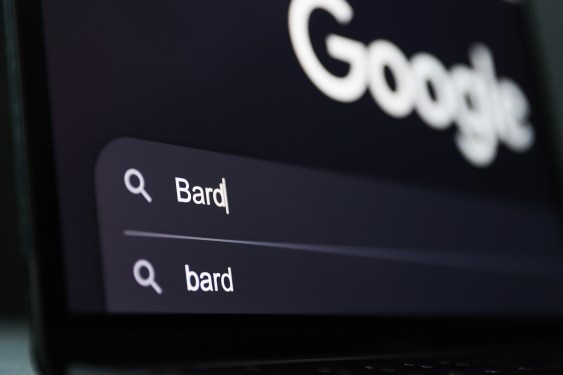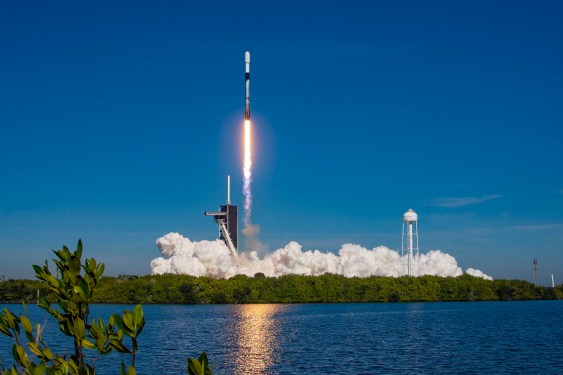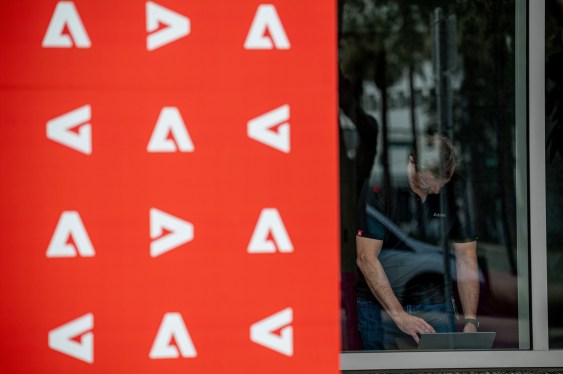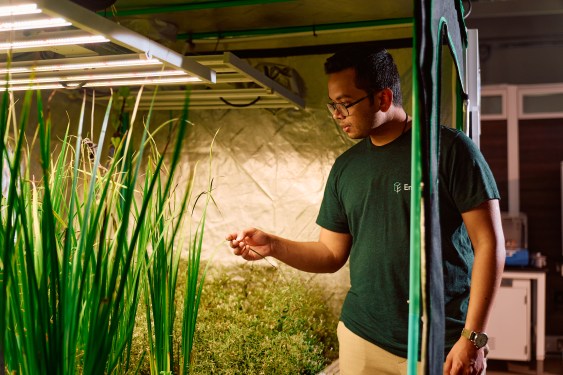Google’s beleaguered AI-powered chatbot, Bard, has made significant improvements in tasks involving logic and reasoning. According to a recent blog post by the tech giant, Bard is now better equipped to handle math and coding-related tasks, thanks to a technique called "implicit code execution."
What is Implicit Code Execution?
Implicit code execution is a technique developed by Google that allows Bard to write and execute its own code. This means that when faced with prompts that require logical code, Bard can generate the necessary code, test it, and use the result to provide more accurate responses.
How Does Implicit Code Execution Work?
As explained in the blog post, large language models (LLMs) like Bard are essentially prediction engines. When given a prompt, they generate a response by anticipating what words are likely to come next in a sentence. However, this approach can lead to errors when it comes to complex tasks that require logical code.
To address this issue, Google developed implicit code execution. This technique allows Bard to identify prompts that may benefit from logical code and write the necessary code "under the hood." The code is then tested, and the result is used to generate a more accurate response.
Improved Performance on Computation-Based Tasks
According to internal benchmarking, the new version of Bard has improved its performance on computation-based tasks by 30% compared to the previous release. This improvement suggests that implicit code execution is effective in enhancing Bard’s ability to handle complex tasks involving logic and reasoning.
However, it’s essential to note that even with these improvements, Bard may not always get it right. The chatbot might not generate code to help respond to prompts, or the generated code could be incorrect. Additionally, Bard may not include the executed code in its response.
A Response to Criticism
The development of implicit code execution and other enhancements, such as support for new languages, multimodal queries, and image generation, is a response to criticism from users and experts. Google’s Bard faced significant challenges upon its launch earlier this year, with some critics labeling it a "pathological liar" and others deeming it "worse than useless."
The Competition in AI Chatbots
Google’s efforts to improve Bard come as other companies are pushing the boundaries of what is possible with AI chatbots. Anthropic has introduced an AI model with an expanded context window, allowing for more coherent conversations over extended periods. OpenAI, the developer behind ChatGPT, has begun supporting plugins that supercharge the chatbot with outside knowledge and skills.
The Future of Bard
While Google’s efforts to improve Bard are significant, it remains to be seen whether these enhancements will be enough to keep up with leading generative AI chatbots in the space. The competition is fierce, and users will continue to demand more from their AI-powered tools.
In conclusion, Google’s development of implicit code execution is a step towards making Bard a more valuable tool for users. However, it’s essential to remember that even with these improvements, Bard may not always get it right. As the field of AI continues to evolve, one thing is clear: the need for accurate and reliable AI-powered tools has never been greater.
Related Developments in AI
- Anthropic’s Expanded Context Window: Anthropic has introduced an AI model with an expanded context window, allowing for more coherent conversations over extended periods.
- OpenAI’s Plugins: OpenAI is supporting plugins that supercharge the chatbot with outside knowledge and skills.
The Future of AI-Powered Tools
As the competition in AI chatbots continues to grow, users will demand more from their tools. It’s essential for developers to keep pushing the boundaries of what is possible with AI-powered technology.
Sources:
- Google Blog Post: "Improving Bard’s Logic and Reasoning Tasks"
- Anthropic Press Release: "Anthropic Introduces Expanded Context Window in AI Model"
Related Articles:
- "The Evolution of AI-Powered Tools"
- "The Future of Human-AI Collaboration"




